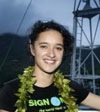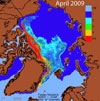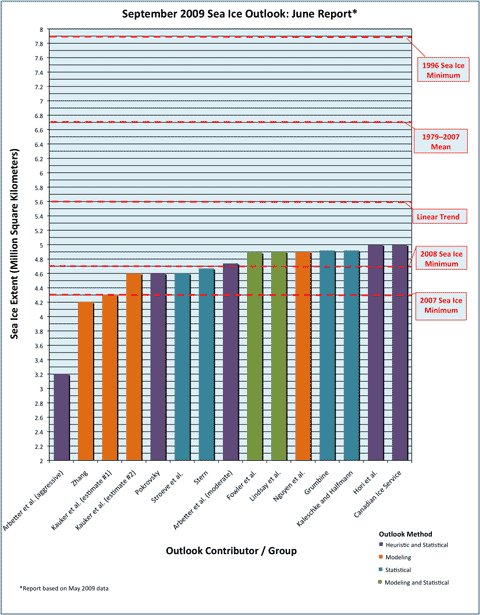
Journalist and science writer Eric Roston’s book The Carbon Age, highly praised when it was first published last year, is now available in paperback. It’s about carbon in the universe and the essential part it plays in life on Earth. It’s also about climate change, as its subtitle suggests: How Life’s Core Element Has Become Civilisation’s Greatest Threat.
Roston begins by offering two basic observations that are explored through the book. The first is that Earth’s temperature and the carbon content of the atmosphere are correlated on every geological time scale. The usual sequence is temperature rise first, then elevated carbon content. The reverse is the case today. The second observation is that humans have accelerated the geological carbon cycle to at least one hundred times faster than usual. Man-made global warming is a geological aberration, nearly meteoric in speed.
The first half of the book explores the origins of carbon and life. On earth carbon is “the ubiquitous architect, builder, and most basic building material of life.” Roston follows it into many of its functions and manifestations in fascinating detail. He discusses how carbon’s ability to bond, unbond, and rebond with the other atoms of life makes it a central element in many of life’s necessary components. He considers how the course of evolution both influenced and was influenced by the global carbon cycle. Living matter since its inception has helped regulate the amount of carbon in the atmosphere and seas and on land, conditions that in turn influence evolution. Roston uses the story of cyanobacteria to illustrate how evolution hit on an innovation – an organism which exchanged atmospheric carbon dioxide for atmospheric oxygen. It threw the carbon cycle as it was then into catastrophic disarray and forced its re-invention.
In a chapter on the ocean carbon cycle Roston includes attention to coccolithophores, microscopic shelled algae that colonised the open ocean for the first time after the Permian extinction 250 million years ago. As their shells passed to the seafloor they left their mark in the world’s chalk formations which accumulated from about 100 million to 65 million years ago, at the rate of a millimetre a century. Today they form a vital part of both the marine food chain and carbon’s transport from the ocean surface to the seafloor. They have been remarkably resilient to shocks, but the threat of ocean acidification this century is large enough to threaten their continuance.
A further chapter describes the part played by trees in storing carbon as cellulose and lignin and the formation of coal and oil deposits as carbon burial in the Carboniferous period. The gingko tree and its powers of survival features here. The author comments in relation to our discovery and use of fossil fuels that we are burning part of the pre-Carboniferous greenhouse back to the skies, where the Earth – at least our Earth – no longer needs it. We are rebuilding the greenhouse Earth decimated by trees more than 300 million years ago.
A brief but interesting chapter on the human body’s conversion of fuel energy into motion concludes Part I of the book on the natural processes of the play of carbon in the evolution and functions of life. Roston then moves on to cover the last 150 years and explains how scientists, industrialists and consumers created what amounts to an industrial carbon cycle — something he characterises as the flushing of millions of years of geological sediment back into the atmosphere. Here he explores a selection of activities, ranging from the development of cars, through synthetic chemistry, to bullet-proof clothing, all followed through in satisfying detail. For the purposes of this review I’ll pause on the chapter which centres on the hundredfold acceleration of the carbon cycle through industry. The flow of carbon through living things has entwined evolution with the inanimate forces of nature. But there is no evidence before now to suggest biology has ever accelerated the long-term carbon cycle on to a short-term path. Only meteorite impacts can compare with the speed with which our industry has interacted with geology. Roston quotes a paleobotanist: “We are plate tectonics!”
But it’s possible to slow down our impact on the carbon-cycle without sacrificing our industrial fire, if we move fast. Technological investment in new energy and materials industries could remake the way we make things. At this point Roston discerns an obstacle in politicians and economists. “What scientists describe as well beyond their danger zone, economists and politicians treat as the bottom of the potentially achievable.” Chemistry gives way to a discussion on economics with the conclusion that as long as we are pegged to an economic orthodoxy that equates well-being with per capita income we are unlikely to address the fundamental drivers of climate change: materialism, crass commercialism, and waste made easy by cheap, plentiful fossil fuels. He considers that industrialised nations can transfer civilisation on to an energy system that will not scorch the earth, though finds it a big ask for a narcissistic generation. Hope springs eternal.
Roston’s book is packed full of investigations and explanations of the chemistry of carbon. I have selected parts where he makes the connection with global warming explicit and in so doing have not done justice to the scope of the book. But it was what I understood to be the depth of his concern over global warming that attracted me to the book in the first place as worth reviewing on a climate change website. The illuminating explorations into the chemistry of carbon were a bonus.
Like this:
Like Loading...
 Climate minister Nick Smith and international negotiator Tim Groser have published the schedule for their recently announced consultation exercise on a 2020 emissions target for New Zealand. The hastily arranged exercise (announced only last month, and a surprise to many) has already drawn calls for an interim target of 40% by 2020 from the recently-formed NZ Climate Action Partnership and Greenpeace. In an interesting development, Carbon News is reporting that Green Party climate change spokeswoman Jeanette Fitzsimons has floated the idea that NZ could adopt a split target — setting separate 2020 targets for carbon dioxide, nitrous oxide and methane:
Climate minister Nick Smith and international negotiator Tim Groser have published the schedule for their recently announced consultation exercise on a 2020 emissions target for New Zealand. The hastily arranged exercise (announced only last month, and a surprise to many) has already drawn calls for an interim target of 40% by 2020 from the recently-formed NZ Climate Action Partnership and Greenpeace. In an interesting development, Carbon News is reporting that Green Party climate change spokeswoman Jeanette Fitzsimons has floated the idea that NZ could adopt a split target — setting separate 2020 targets for carbon dioxide, nitrous oxide and methane:
 TV3 news hit one of its lows last night. Reporter and presenter Samantha Hayes was in Aitutaki in the Cook Islands for the visit of Greenpeace’s ship the Esmeralda on its Pacific climate impact tour, with Sign On ambassador Keisha Castle Hughes on board [
TV3 news hit one of its lows last night. Reporter and presenter Samantha Hayes was in Aitutaki in the Cook Islands for the visit of Greenpeace’s ship the Esmeralda on its Pacific climate impact tour, with Sign On ambassador Keisha Castle Hughes on board [ The third section of the Copenhagen congress
The third section of the Copenhagen congress  The
The 